Plant a tea garden of your own! Find out which plants are excellent for a little herbal tea garden. Homegrown herbs are simple to grow in a garden bed or on a window ledge and they provide a far more flavorful, fragrant, and delightful tea.
Herbs also have a lot of therapeutic advantages, such as reducing anxiety and enhancing sleep. Savor this fun and simple method of getting in touch with ecology!
Why Start A Garden For Tea?
Delectable Flavor:
Homegrown herbs, like mint, lemon balm, and chamomile, will have a stronger tea-making effect than store-bought ones (which are frequently cultivated in hothouses and yield lesser flavor).
Therapeutic Capabilities:
Numerous herbs have inherent therapeutic properties. For instance, plants like chamomile, mint, and lemon balm have been used to control insomnia and reduce anxiety.
The Sumerians employed tea infusions to cure congestion, inflammatory conditions, and other conditions thousands of years ago, which is when the study of medicinal products began. One of the simplest gardens to cultivate is this one! Growing herbs for tea brewing simply requires a minimal amount of space.
You can cultivate outside in vessels, on a window ledge on the terrace, or in a tiny garden bed. In North America, practically all “tea plants
Fun And Relaxing:
If you grow multiple herbs, it’s fun to blend different herbal teas and experiment. Imagine a mix of chamomile, lemon balm, and lavender! The heavenly scents of many herbs are so pleasurable on their own! Plus, you can use your herbs in so many other ways, from kitchen dishes and herbal vinegar to herbal soaps and bath soaks to healing tinctures.
Eight Herbs For a Tea Garden:
1 Mint:
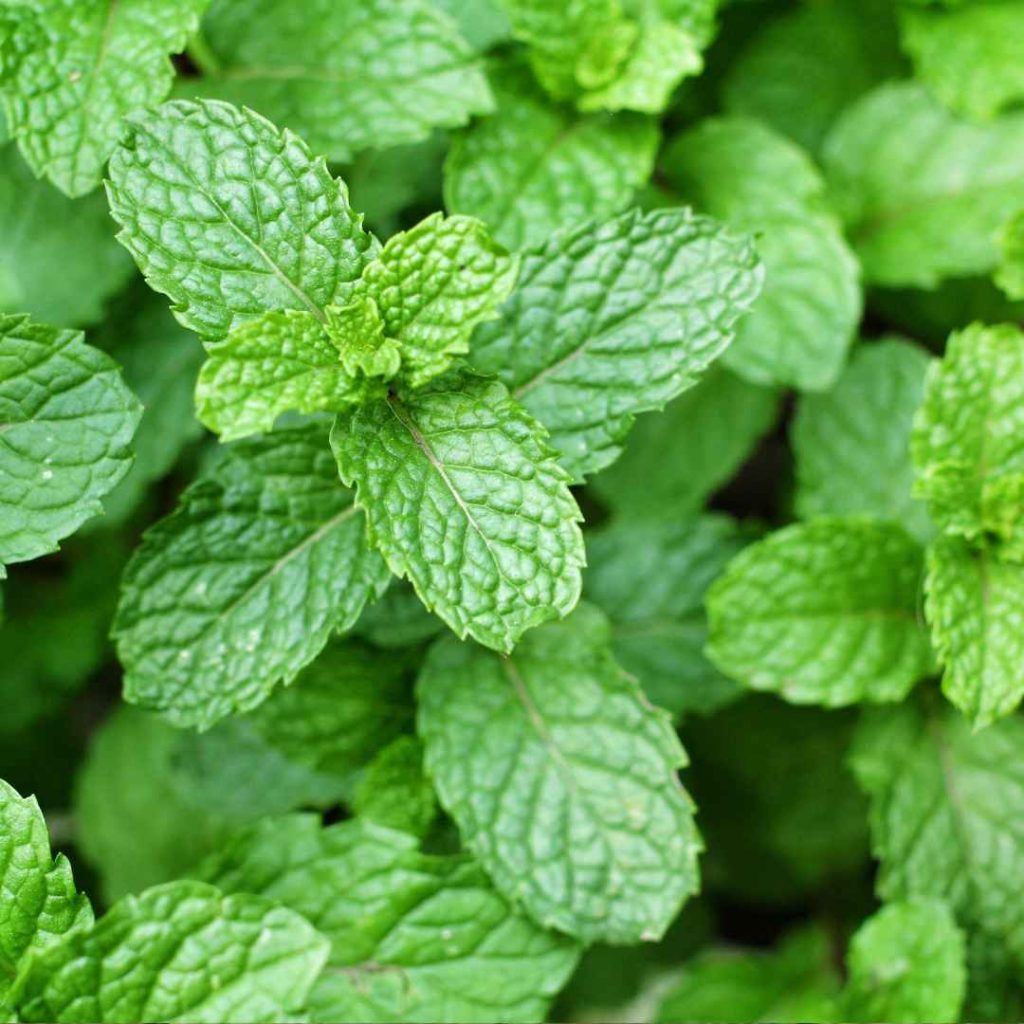
Of course, there are many different types of mint. We think the leaves of peppermint (M. x piperita) are the most effective for beverages and also make a cool iced tea. Mint can become invasive if you cultivate it, so keep it in a separate pot or bed or keep keeping an eye on it! Discover everything there is to know about cultivating mint!
2 Lemon Balm:
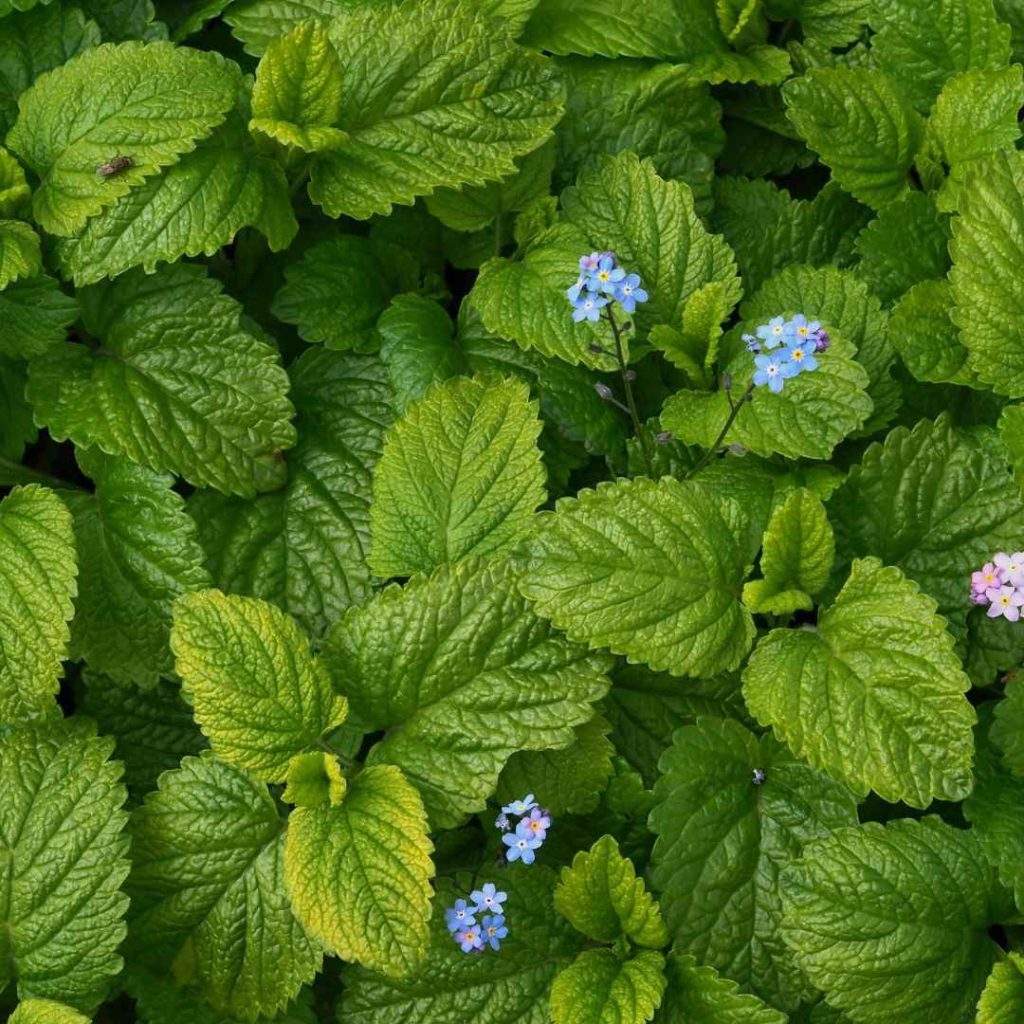
Lemon balm is also a member of the mint group. It produces a calming evening tea and its leaves smell of lemon. It is less resistant than other mints and is rated for USDA Regions 4 and 5. The removal that has roots will spend the winter interior spaces.
3 Chamomile:
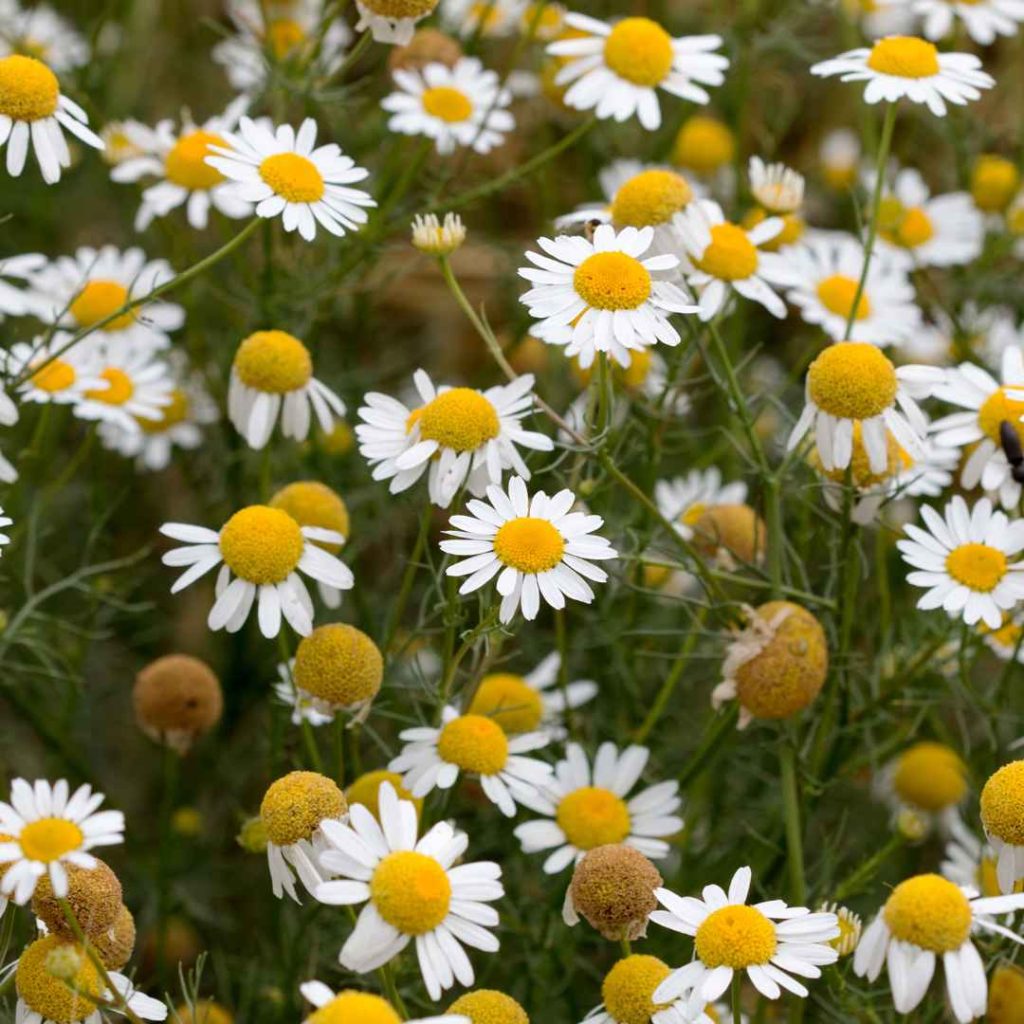
The tiny, daisy-like blossoms of chamomile have been utilized for decades to make tea in Europe. With notes of apple and flowery sugar, the tea has an earthy flavor. The majority of individuals prefer its mild, pleasant flavor.
4 Tea With Rose Petals:
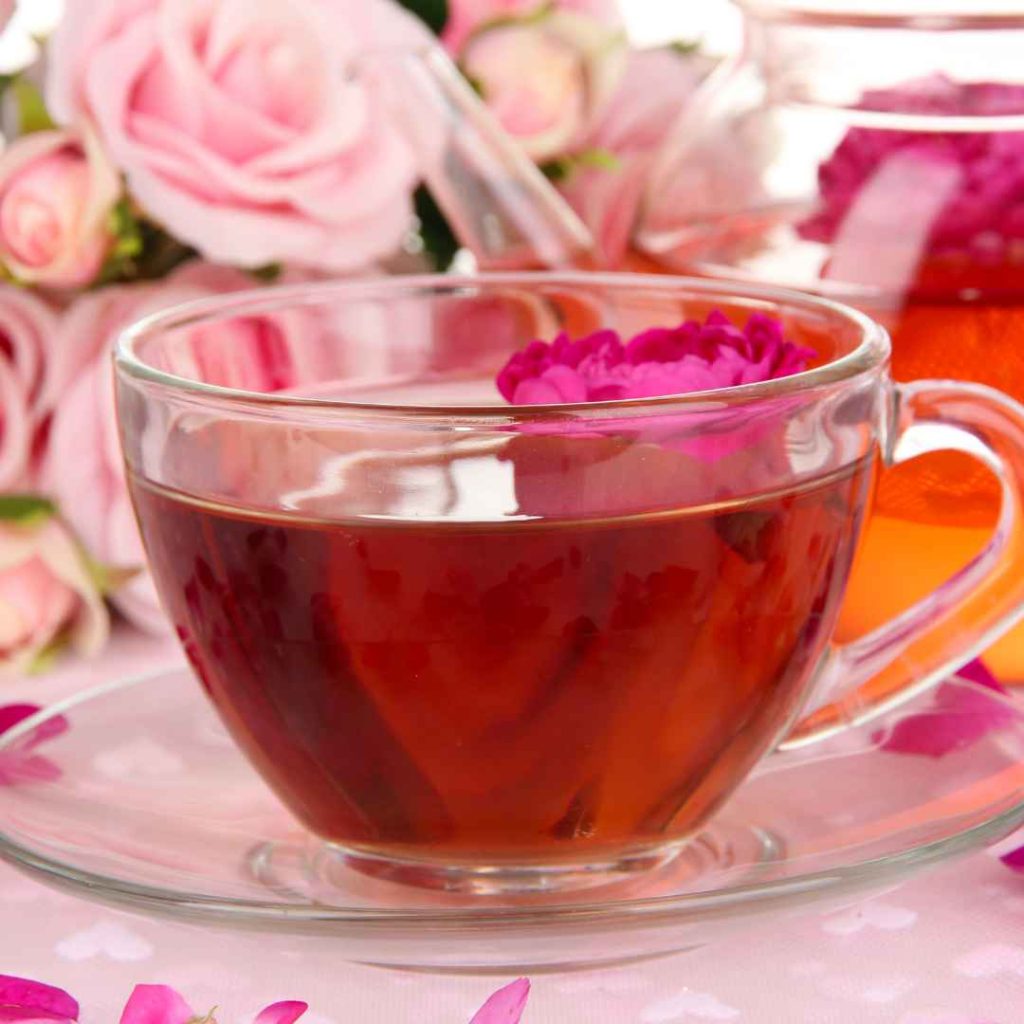
Any aromatic rose species that has been grown naturally can be used to make rose petal tea. When blossoms are barely past their highest point, collect the petals that are visible.
According to Garden.org, “Rosa rugosa is an aromatic, free rose that does not demand spritzing, so it’s suggested for both petals and hips.” Vitamin C is included in rose hip tea, which is crimson and has a sharp lemon-orange taste. Before making tea, make incisions in the plump hips to help them dry more quickly and smash them a little.
5 Verbena Lemon:

Like lemon oil, lemon verbena (Aloysia triphylite) has a pronounced lemon flavor. Light, drainage-friendly soil and abundant sun are ideal for this dense vegetation. Only in Zones ten and eleven is it resilient.
6 Bee Balm:
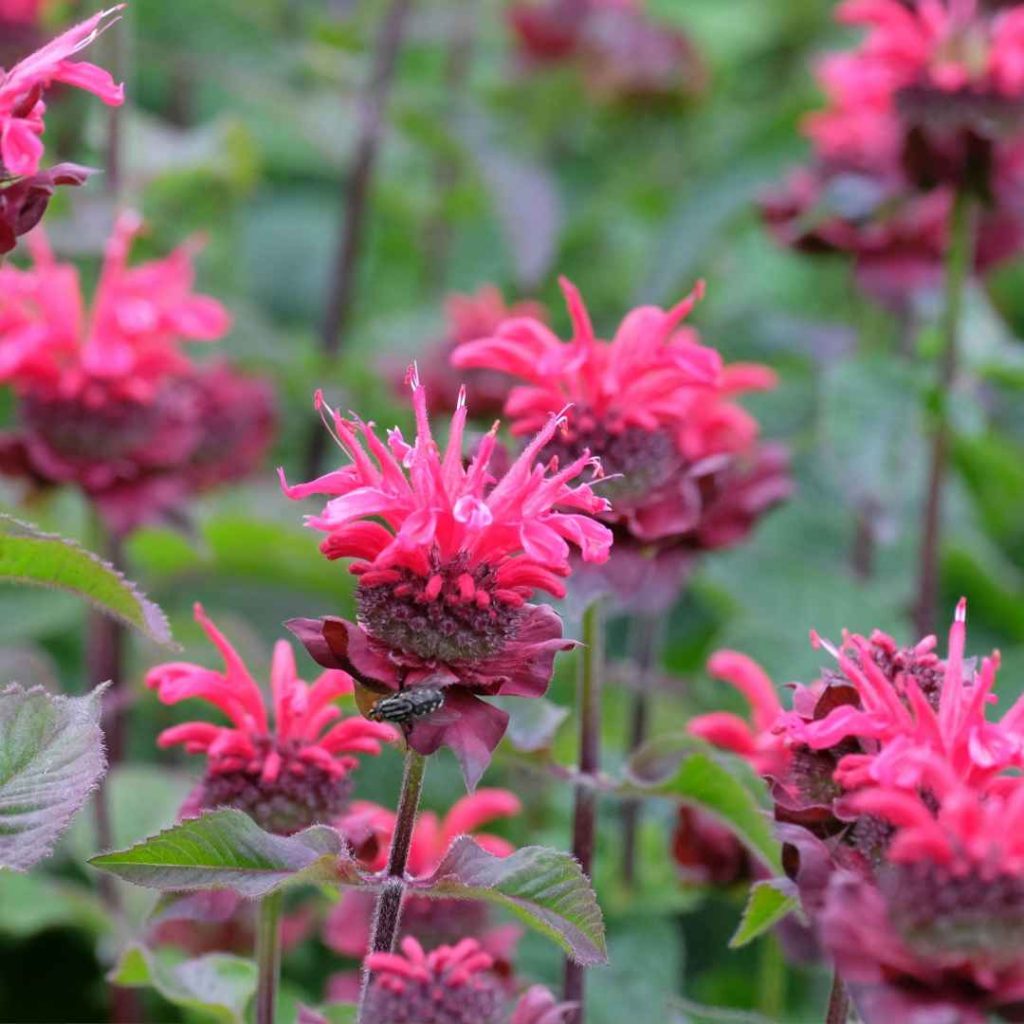
Another species in the mint family, bee balm, has aromatic leaflets and vibrant blossoms that might be used to produce a spicy, citrus tea. The seeds of the coriander plant (Coriandrum sativum) give tea a toasty, zesty taste.
7 Catnip:
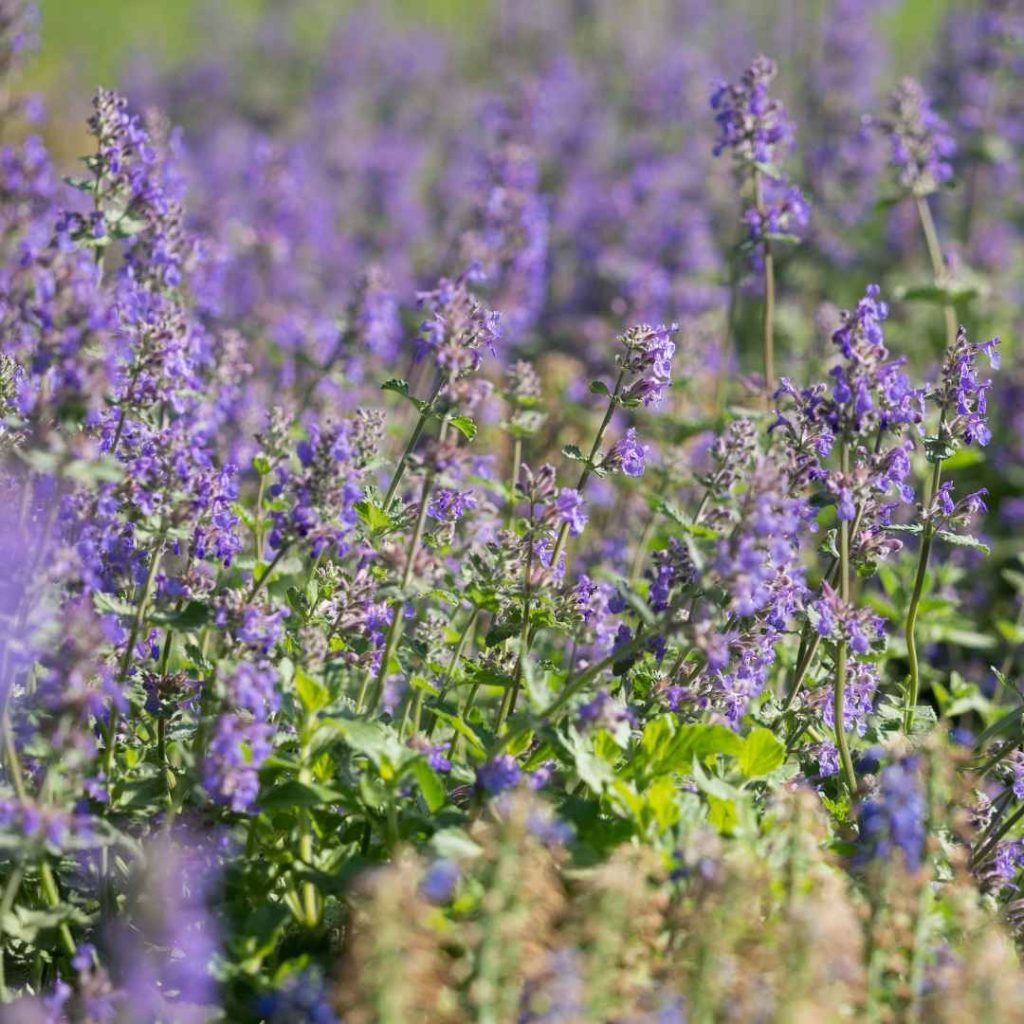
The mint family includes catnip (Nepeta cataria), which has a lemon-mint taste. Keep in mind: Catnip tea should not be consumed by women who are expecting.
8 Seeds Of Sunflowers:
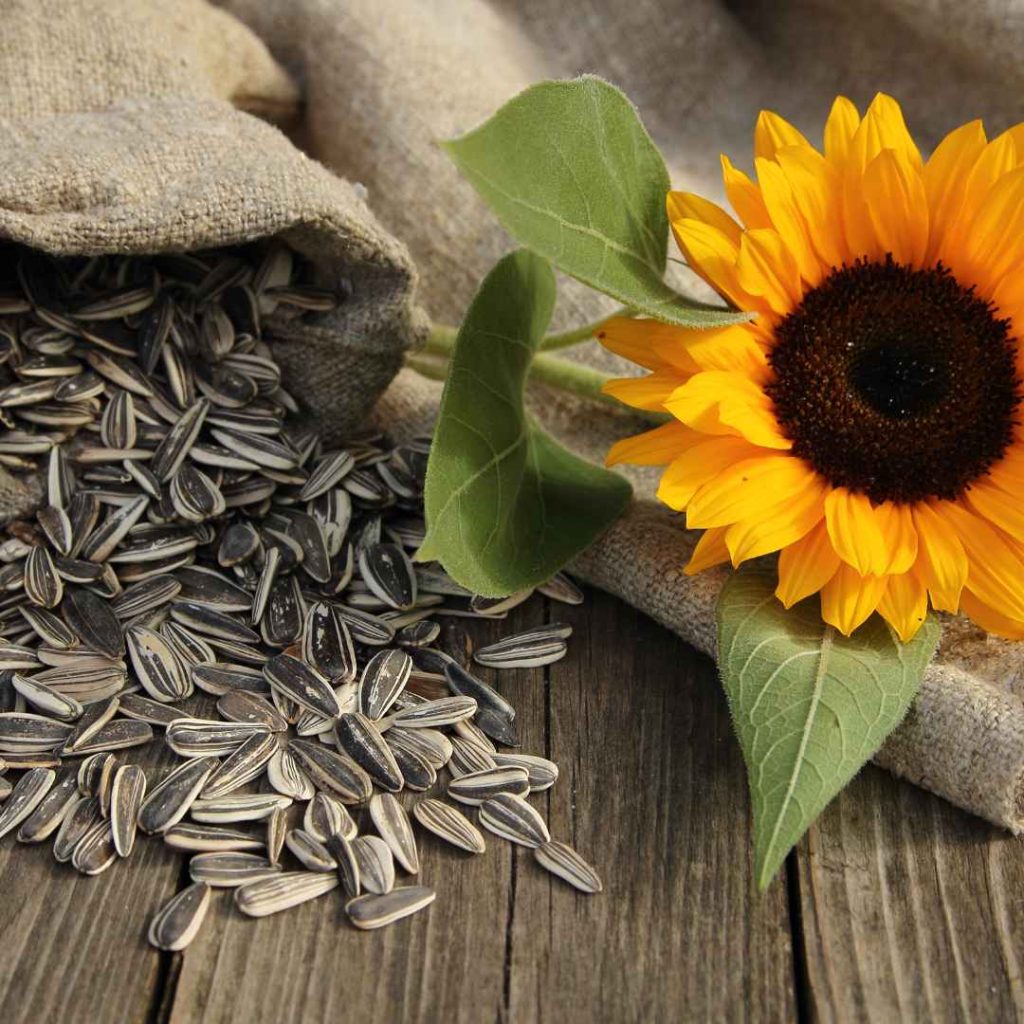
You may add sunflower seed husks to teas for a robust flavor by blackening them in an unused cast-iron skillet. This procedure was very popular among Native Americans.
How To Grow Tea Herbs:
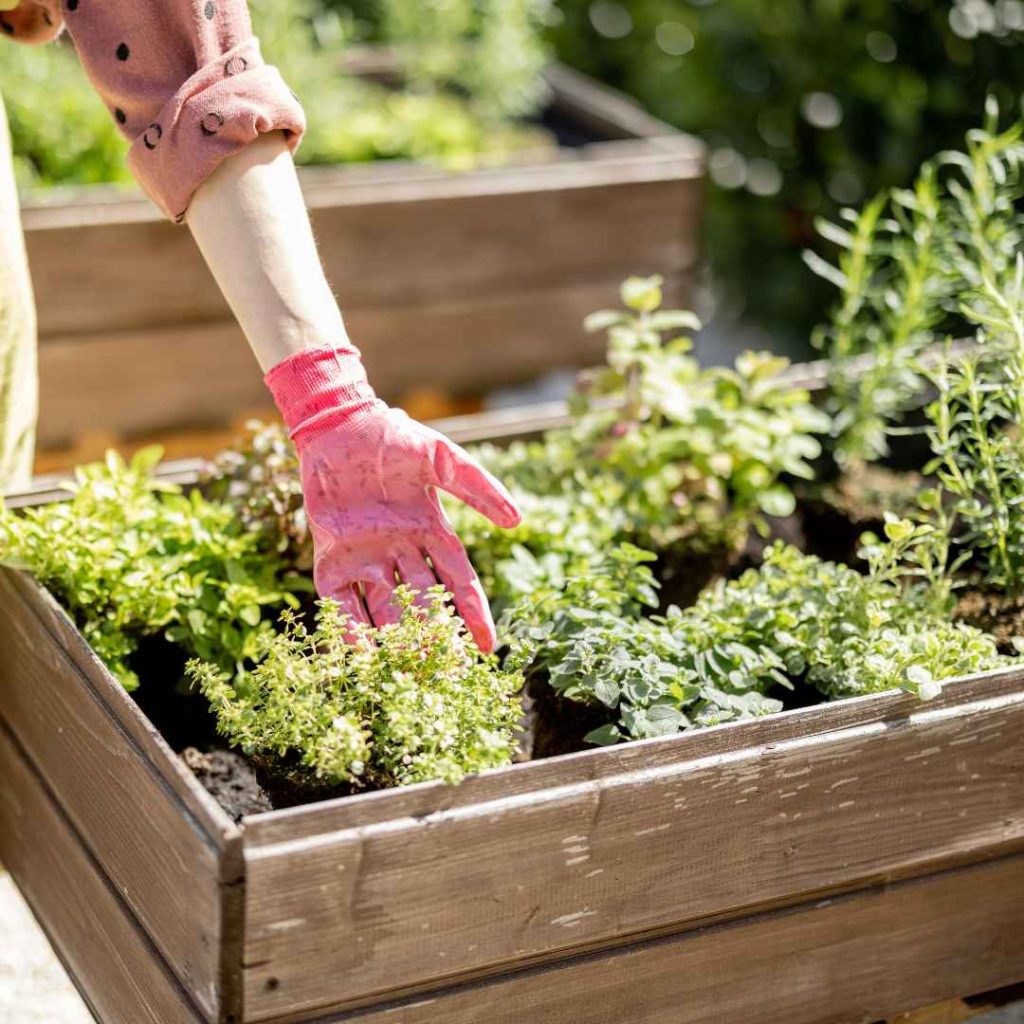
Extracts require at least six hours of exposure per day, regardless of whether they are planted in separate containers or a garden bed. They require containers with channels for drainage or topsoil that eliminates properly.
You might make your own herbal garden in an obscure spot, but we usually use medicinal plants as companion plants along the edge of our vegetable patch outside. If you plan to grow indoors throughout the colder months, you will require a hanging lamp.
They must be a minimum of ten inches in diameter if you’re cultivating them in containers. Insert each herb in a vessel so that the peak of the stump is about an inch beneath the container’s bottom lip (to prevent overflowing when watering), filling each pot one-third of the way with the planting mixture, and then covering the plant’s roots with more planting soil.
Water the dirt thoroughly and compress it until it is hard. nourish a month after growing.
Methods For Gathering Herbs For Tea:
Herbs will expand without flowering (and eventually become seed) if you continue harvesting them. Gather in the beginning of the day before it becomes excessively warm and after the dew has dried. Never collect more than one-third of a lush herb at once, such as thyme, mint, or lemon verbena.
After that, you can keep expanding the plant and harvesting it repeatedly. Since the essential oils are at their strongest while the blossoms are in flower buds, we gather flowery herbs like lavender, chamomile, and roses. After harvesting, place the following set of leaflets down and cut them with a pair of pointed shears.
Making Herbal Tea:
A Guide Are You Prepared To Brew?
Purchasing an infuser that fits within a teacup is what we advise. Additionally, some tea kettles come with built-in filtering devices, which are useful but can be a little more expensive. You may utilize dried plant material, which is more powerful than fresh ones. This is a quick and easy method for making tea with herbs.
3 teaspoons freshly gathered herbs or
1 teaspoon of dried powdery herbs
1 cup hot boiling water
Bring water to a boil, Fill an infuser with dried or freshly harvested herbs, then set it in a teacup. To preserve the fragrances, close the cup and add hot water—not scorching water—over the herbs. (To maintain the plants’ effectiveness, it is advised to pour hot water instead of steaming water.)
For a maximum of ten minutes, strain freshest herbs; for between four and six minutes, steep dried herbs; or alter the strength of the brewed beverage to your preference. After taking out the infuser, enjoy.
